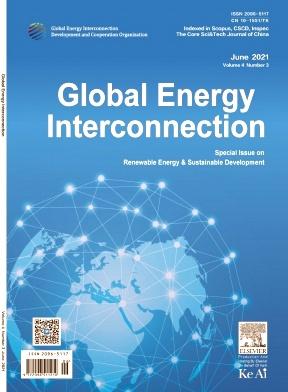Optimal power extraction of PV-TEG hybrid system via fitness-distance-balance-based beluga whale optimization
IF 1.9
Q4 ENERGY & FUELS
引用次数: 0
Abstract
This study integrates the individual photovoltaic (PV) and thermoelectric generator (TEG) systems into a PV-TEG hybrid system to improve its overall power output by reutilizing the waste heat generated during PV power production to enhance its operational reliability. However, stochastic environmental conditions often result in partial shading conditions and nonuniform thermal distribution across the PV-TEG modules, which negatively affect the output characteristics of the system, thus presenting a significant challenge to maintaining their optimal performance. To address these challenges, a novel fitness-distance-balance-based beluga whale optimization (FDBBWO) strategy has been devised for maximizing the power output of the PV-TEG hybrid system under dynamic operation scenarios. A broader spectrum of complex and authentic operational contexts has been considered in case studies to examine the effectiveness and feasibility of FDBBWO. For this, real-world datasets collected from different seasons in Hong Kong have been used to validate the practical viability of the proposed strategy. Simulation results reveal that the FDBBWO based maximum power point tracking technique outperforms its competing methods by achieving the highest energy output, with a remarkable increase of up to 134.25 % with minimal power fluctuations. For instance, the energy obtained by FDBBWO is 47.45 % and 58.34 % higher than BWO and perturb and observe methods, respectively, in the winter season.
求助全文
约1分钟内获得全文
求助全文
来源期刊

Global Energy Interconnection
Engineering-Automotive Engineering
CiteScore
5.70
自引率
0.00%
发文量
985
审稿时长
15 weeks
 求助内容:
求助内容: 应助结果提醒方式:
应助结果提醒方式:


